Paronychia is a nail disease. It is a nail fold inflammation. This means that it affects the tissues around the nail. This illness can impact both fingernails and toenails. Sometimes, it covers several fingers at once.
The culprits of inflammation are bacteria. It is mainly Staphylococcus aureus or streptococci. We distinguish acute and chronic paronychia.
The acute disease![]() usually impacts the nail shaft. It originates after infection with Staphylococcus aureus. Another cause is gram-negative bacteria. HSV, or herpes simplex virus, is much less common. This condition is called herpetic whitlow. It develops after local infection of the fingers' skin.
usually impacts the nail shaft. It originates after infection with Staphylococcus aureus. Another cause is gram-negative bacteria. HSV, or herpes simplex virus, is much less common. This condition is called herpetic whitlow. It develops after local infection of the fingers' skin.
Chronic paronychia![]() doesn't have an abrupt beginning. Fungi, especially Candida albicans, are responsible for their development. Bacterial infections may accompany this condition. It is Staphylococcus aureus or Pseudomonas aeruginosa. In this form of disease, the nails develop a brownish shade.
doesn't have an abrupt beginning. Fungi, especially Candida albicans, are responsible for their development. Bacterial infections may accompany this condition. It is Staphylococcus aureus or Pseudomonas aeruginosa. In this form of disease, the nails develop a brownish shade.
Paronychia is favored primarily by injuries![]() to the epidermis and nail shaft. They occur when cutting nails, the so-called cutting cuticles, during household or renovation work. Paronychia can also be induced by biting the nails. It also happens to individuals who regularly have moist feet or hands. The condition is also favored by inadequate hygiene and ingrown nails.
to the epidermis and nail shaft. They occur when cutting nails, the so-called cutting cuticles, during household or renovation work. Paronychia can also be induced by biting the nails. It also happens to individuals who regularly have moist feet or hands. The condition is also favored by inadequate hygiene and ingrown nails.
All these causes lead to micro-injuries of the skin and the formation of invisible wounds, through which pathogenic microorganisms![]() can effortlessly infiltrate.
can effortlessly infiltrate.
However, there are several more severe causes of paronychia. Endocrine diseases![]() are one of the main factors contributing to its development. Additionally, taking immunosuppressive medication and being overweight
are one of the main factors contributing to its development. Additionally, taking immunosuppressive medication and being overweight![]() can also increase the chance of developing this condition.
can also increase the chance of developing this condition.
Symptoms![]() of acute and chronic forms of this disease are:
of acute and chronic forms of this disease are:
The diagnosis![]() isn't challenging. Doctors can typically diagnose paronychia by examining the wound and listening to symptoms. In some cases, lab tests may be needed. They help to identify the type of infection and vulnerability to medicine.
isn't challenging. Doctors can typically diagnose paronychia by examining the wound and listening to symptoms. In some cases, lab tests may be needed. They help to identify the type of infection and vulnerability to medicine.
With acute paronychia![]() , surgical debridement of the abscess is essential. A surgeon may use a drain and prescribe antibiotics for a large abscess. Viral abscesses do not require incision.
, surgical debridement of the abscess is essential. A surgeon may use a drain and prescribe antibiotics for a large abscess. Viral abscesses do not require incision.
However, prompt management of antiviral drugs is necessary. Chronic paronychia![]() demands taking antibiotics and antifungal medications. The treatment may be burdensome. It usually lasts many weeks. Sometimes, it may be even several months.
demands taking antibiotics and antifungal medications. The treatment may be burdensome. It usually lasts many weeks. Sometimes, it may be even several months.
For redness and swelling, try a warm compress![]() . This method not only relieves inflammation. It also brings relief to the patient.
. This method not only relieves inflammation. It also brings relief to the patient.
You can use the conditioner for damaged, brittle, split nails as a prophylactic and supportive treatment.
In any case, paronychia should be treated to prevent complications![]() . Neglecting this condition may cause the infection to extend to the tissues under the nail plate. Then, there will be the destruction of the nail plate. Also, abscesses may form. The consequence of this is the appearance of thickening on the plate and its multiple discolorations.
. Neglecting this condition may cause the infection to extend to the tissues under the nail plate. Then, there will be the destruction of the nail plate. Also, abscesses may form. The consequence of this is the appearance of thickening on the plate and its multiple discolorations.
Prevention of paronychia![]() is not challenging. Just learn the accurate practices to control infection.
is not challenging. Just learn the accurate practices to control infection.
For all housework, repairs, or gardening, wear gloves. They will shield your fingers and hands. Do this to guard them against injuries. People whose work demands ongoing hand soaking should also get used to functioning with gloves. The softened skin won't be exposed to the attack of microorganisms.
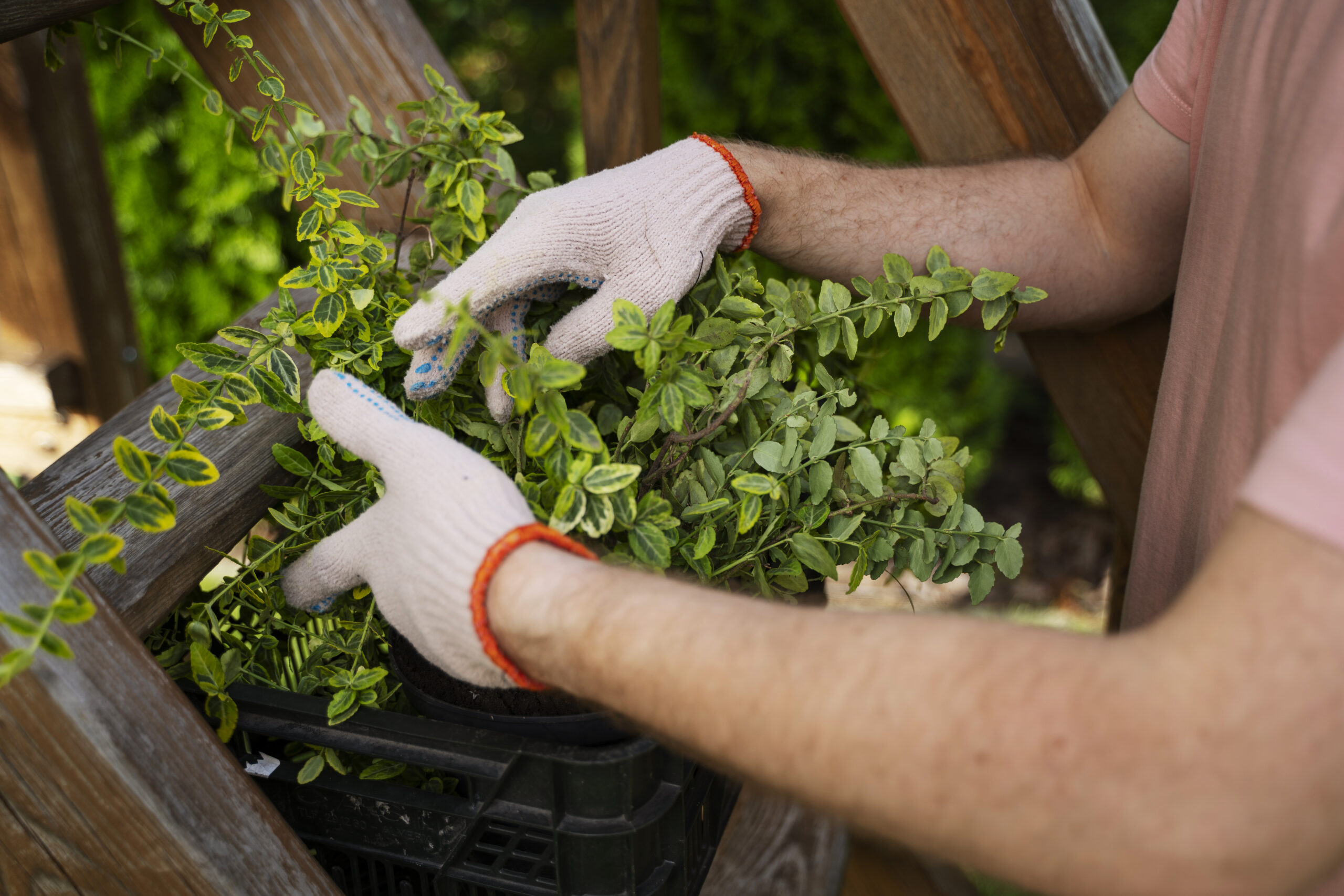
Instruct kids to wash their hands repeatedly. We should also emphasize the importance of not biting the nails and avoiding the temptation of tearing off the cuticles. These habits can damage nail and skin health. And lead to infection.
Take care of nails, both those on the hands and feet. Leave it to specialists in beauty salons. Do not cut the cuticles on your own at home.
Disinfect the tools used for taking care of your nails. Remember to do it now and then. Each household member should have a personal nail kit. It is also significant to keep these devices to yourself. Using other individuals' staff may contribute to the transmission of disease.
After cleaning your feet and hands, conscientiously wipe the areas between your toes. If they remain moist, they can be a suitable place for the growth of microorganisms that will attack the different structures of your nails. People who have a problem with sweating should lubricate clean feet with antiperspirant creams.
Finally, any form of paronychia must be cured. The infection can extend to the nail matrix and underlying tissues if left untreated. Then, therapy is more challenging. It often demands the removal of all or part of the nail.
Soak the affected area in warm water![]() . You can do it several times a day. The bath should be warm but not too hot.
. You can do it several times a day. The bath should be warm but not too hot.
If your skin is damaged, add salt or saline to warm water. For minor swelling and redness, warm water alone works. Avoid using alcohol or hydrogen peroxide on wounds. Those products slow down the healing process.
Soak the impacted area in warm water for 20 minutes. Do it 3-4 times a day. Replace the water if it cools down. Warm water improves blood flow and fights infection, helping acute paronychia heal in a few days.
Finally, take a clean towel and dry your fingers or toes. In mild cases with damaged skin, no bandage is required. What if there is damage to the skin? Apply a thin layer of antibacterial ointment. Do it with a cotton swab. And then cover it with a bandage.
Discard the swab after use. Don’t dip it into the container if you touch the skin. Cover the damaged skin, especially if you intend to work with your hands or expose them to germs and microbes. However, remember to change and remove the bandage earlier, e.g., when you intend to wash your hands or feet or shower.
But remember to consult your doctor. Do it before any home treatment.
We are more conscious of the significance of prophylaxis and early diagnosis of probable conditions. But we often neglect the most straightforward method available to everyone – observation. We perform prophylactic blood and urine tests and keep an eye on the dates of screening tests and ultrasound examinations, but we forget about nails.
Let's not underestimate their appearance. The condition of your nails can reveal more about your health than you suspect. The presence of abnormalities is usually indicated by these signs appearing early on.
The appearance and condition of the nails![]() can indicate the development of many systemic diseases before other ailments and symptoms appear. If you observe any of the changes described below, be vigilant and consult a specialist.
can indicate the development of many systemic diseases before other ailments and symptoms appear. If you observe any of the changes described below, be vigilant and consult a specialist.
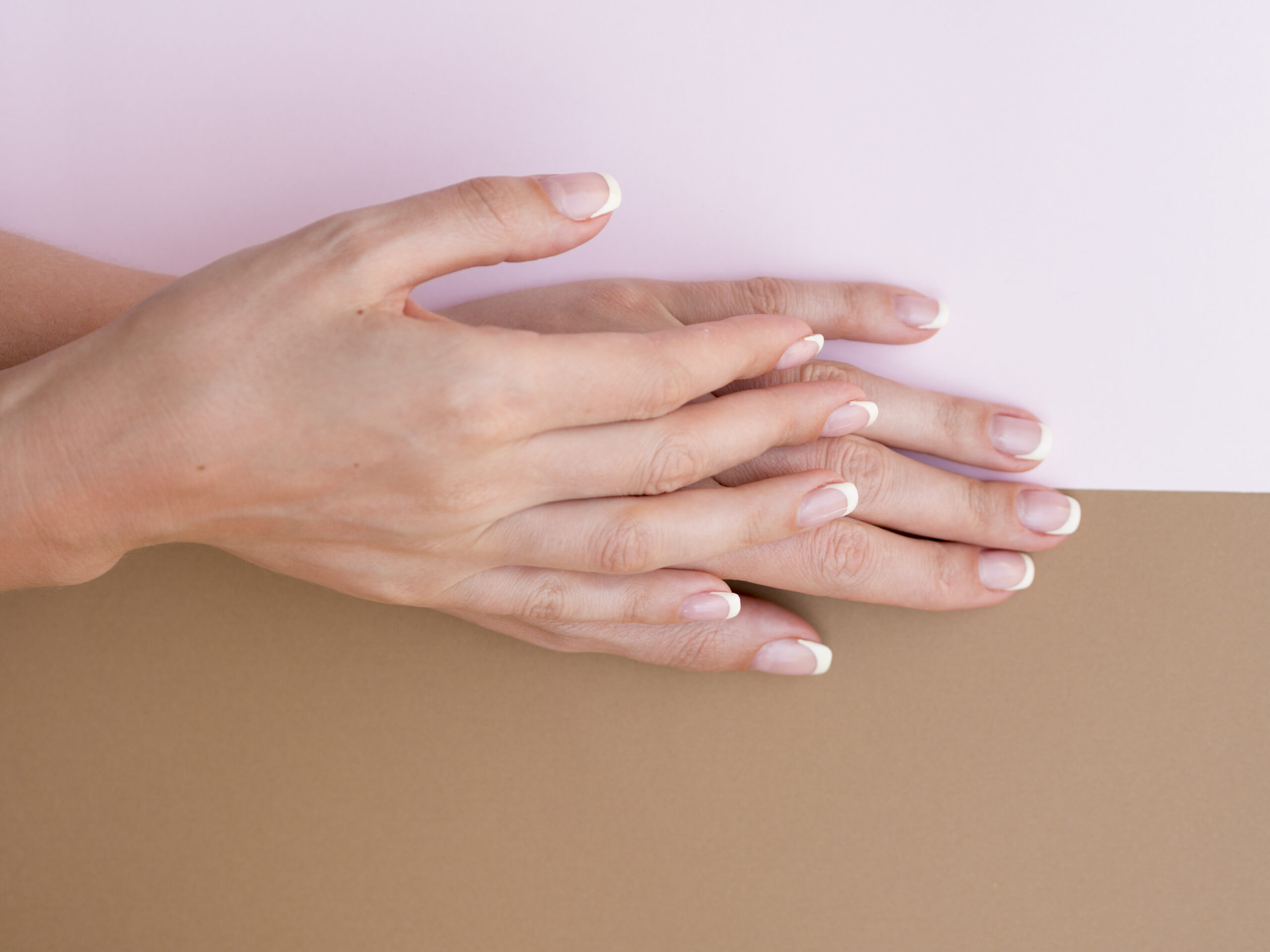
They can happen incidentally to anyone who has cooled the body too much. Most often, we notice this sign when we are freezing. It usually happens during winter.
What if your nail color changes without exposure to cold? Seek professional advice. It is a common sign of problems with blood circulation![]() . This symptom may also occur with severe poisoning. Also, it is a sign of micronutrient deficiency
. This symptom may also occur with severe poisoning. Also, it is a sign of micronutrient deficiency![]() .
.
Gray changes appearing on the nails are a typical symptom of poisoning![]() with some metals. They can also occur when taking specific remedies. This symptom is also characteristic of Raynaud's disease and arises in the mechanism of circulatory disorders. The second serious condition that can manifest itself as gray discoloration on the nails is copper metabolism disorder in Wilson disease.
with some metals. They can also occur when taking specific remedies. This symptom is also characteristic of Raynaud's disease and arises in the mechanism of circulatory disorders. The second serious condition that can manifest itself as gray discoloration on the nails is copper metabolism disorder in Wilson disease.
The dark black-brown patch under the nail is often the result of trauma. And it is a common hematoma![]() . Unfortunately, if such a suspicious stain appears under your nail, and there is no logical reason for it, make an appointment with a doctor. What if there is a black spot on the nail that doesn't move up? It could indicate malignant melanoma.
. Unfortunately, if such a suspicious stain appears under your nail, and there is no logical reason for it, make an appointment with a doctor. What if there is a black spot on the nail that doesn't move up? It could indicate malignant melanoma.
Brittle![]() , weak, and split nails can be a symptom of mineral deficiency in the body. Most often, it is because of insufficient magnesium levels. It happens that the damage is mechanical and caused by dry hands. Fragility and poor state of the nails, however, may be a symptom of hormonal disorders.
, weak, and split nails can be a symptom of mineral deficiency in the body. Most often, it is because of insufficient magnesium levels. It happens that the damage is mechanical and caused by dry hands. Fragility and poor state of the nails, however, may be a symptom of hormonal disorders.
Onycholysis![]() , i.e., detachment of the nail plate from the bed, is an unpleasant ailment. The nail begins to move away from the side. That is because air accumulates under the plate. The plaque takes on a whitish color. The additional bacteria overgrowth may change the color. It can have a yellowish-gray or black shade.
, i.e., detachment of the nail plate from the bed, is an unpleasant ailment. The nail begins to move away from the side. That is because air accumulates under the plate. The plaque takes on a whitish color. The additional bacteria overgrowth may change the color. It can have a yellowish-gray or black shade.
Changes in the nail plate, such as a descending nail, can often be caused by a fungal infection or injury. However, such changes may also indicate underlying health issues like problems with the thyroid gland, diabetes, or iron deficiency.
This appearance of nails is most common in older people. However, if you are not elderly and your nail plate shows apparent stripe-like irregularities![]() , it most often means a vitamin deficiency. They can also be a souvenir after an unprofessional manicure that damaged the nail plate. The furrows may cause gastrointestinal diseases or circulatory disorders if they are very pronounced and immensely profound.
, it most often means a vitamin deficiency. They can also be a souvenir after an unprofessional manicure that damaged the nail plate. The furrows may cause gastrointestinal diseases or circulatory disorders if they are very pronounced and immensely profound.
You probably suffer from clubbing if your nail plate resembles an inverted spoon. It suggests health problems resulting from hypoxia. It may indicate developing diseases of the lungs, bronchi, and liver.
If your fingernails have become hollow, you probably have koilonychia![]() . This symptom is the opposite of clubbing. What if the nails' edges rise? Do not run to the beautician. You should check the level of iron.
. This symptom is the opposite of clubbing. What if the nails' edges rise? Do not run to the beautician. You should check the level of iron.
Black lines resembling splinters stuck in a fingernail should seriously alarm you. This phenomenon is a symptom of endocarditis![]() . Do not wait for other symptoms; consult a doctor immediately and exclude the threat.
. Do not wait for other symptoms; consult a doctor immediately and exclude the threat.
If you've noticed that your fingernails are half![]() white and half brown or red, check if your kidneys are working correctly. Such an unexpected ombre effect can be a manifestation of severe disorders.
white and half brown or red, check if your kidneys are working correctly. Such an unexpected ombre effect can be a manifestation of severe disorders.
It is a classic and standard symptom of ringworm![]() . Whitish or yellow streaks and the accompanying change in the shape of the nail may be a symptom of a fungal infection. Do not underestimate these changes. Nail fungus is a condition that is challenging to treat. Moreover, it spreads very effortlessly. Start your treatment soon. In this way, you will achieve more promising outcomes.
. Whitish or yellow streaks and the accompanying change in the shape of the nail may be a symptom of a fungal infection. Do not underestimate these changes. Nail fungus is a condition that is challenging to treat. Moreover, it spreads very effortlessly. Start your treatment soon. In this way, you will achieve more promising outcomes.
Once you've identified the causes of breakage, you should create a whole new menu![]() . A diet rich in zinc and iron strengthens nails. It also improves the appearance of skin and hair. You will also need:
. A diet rich in zinc and iron strengthens nails. It also improves the appearance of skin and hair. You will also need:
You will find all this in sunflower and pumpkin seeds. You can buy shelled seeds because they are just as healthy as fresh ones. Add them to oatmeal, roast them in a pan, or eat them in handfuls. Also helpful will be sesame and poppy seeds.
Add dried fruit to your menu. You can get B vitamins by eating grains, eggs, and legumes. Drink cocoa because it is an extraordinary source of magnesium and iron. For dinner, choose lean meat or fatty fish.
Also, make sure you drink enough fluids (two liters a day), as your nails can become dry and break.
Regular visits to the manicurist will help keep your hands neat and well-groomed. But occasionally, you have to take care of it yourself. Remember a few rules:

Moisturizing![]() is very significant. Thanks to the diet, you will do it from the inside, and thanks to cosmetics from the outside. Any oils and moisturizing creams will be helpful. Especially use ones in small tubes. So that you always have them with you.
is very significant. Thanks to the diet, you will do it from the inside, and thanks to cosmetics from the outside. Any oils and moisturizing creams will be helpful. Especially use ones in small tubes. So that you always have them with you.
Make friends with gloves![]() . Immediately reach for warm gloves to protect your nails when the temperature drops. Don't freeze with your phone in your hand. Choose headphones with a speaker.
. Immediately reach for warm gloves to protect your nails when the temperature drops. Don't freeze with your phone in your hand. Choose headphones with a speaker.
Be sure to wear gloves made of latex or other material intended to come into contact with detergents when cleaning and washing up. If you handle chemicals and corrosive substances daily, it is important to take the same precautions.
Table of Contents
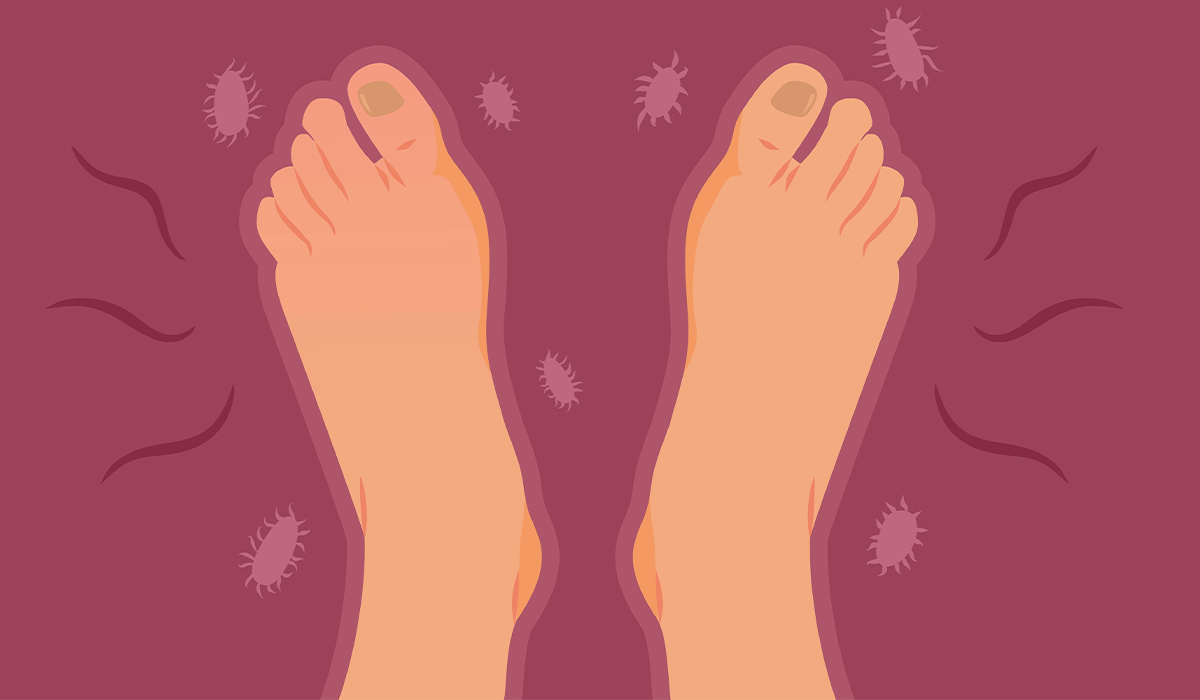
Toenail fungus, scientifically named Onychomycosis, is a common ailment that changes the appearance of toenails. Ordinarily, it turns typical and… read more »
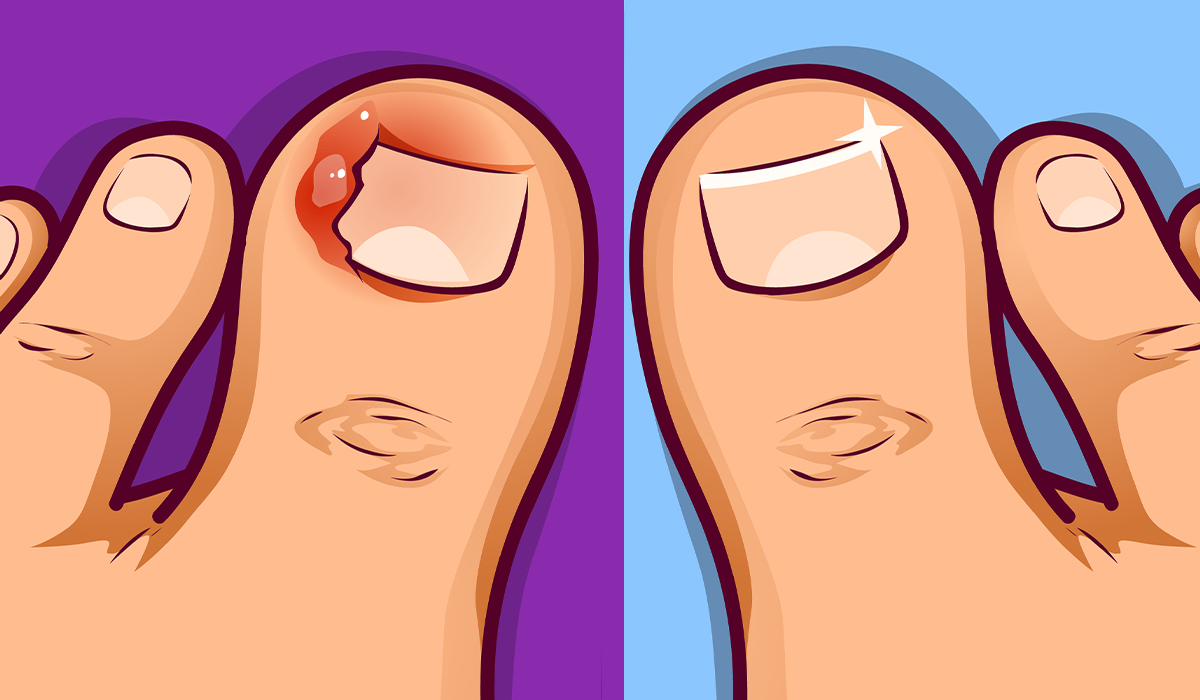
An ingrown toenail that develops into the skin, which specialists call onychocryptosis, happens when the edge or corner of the… read more »
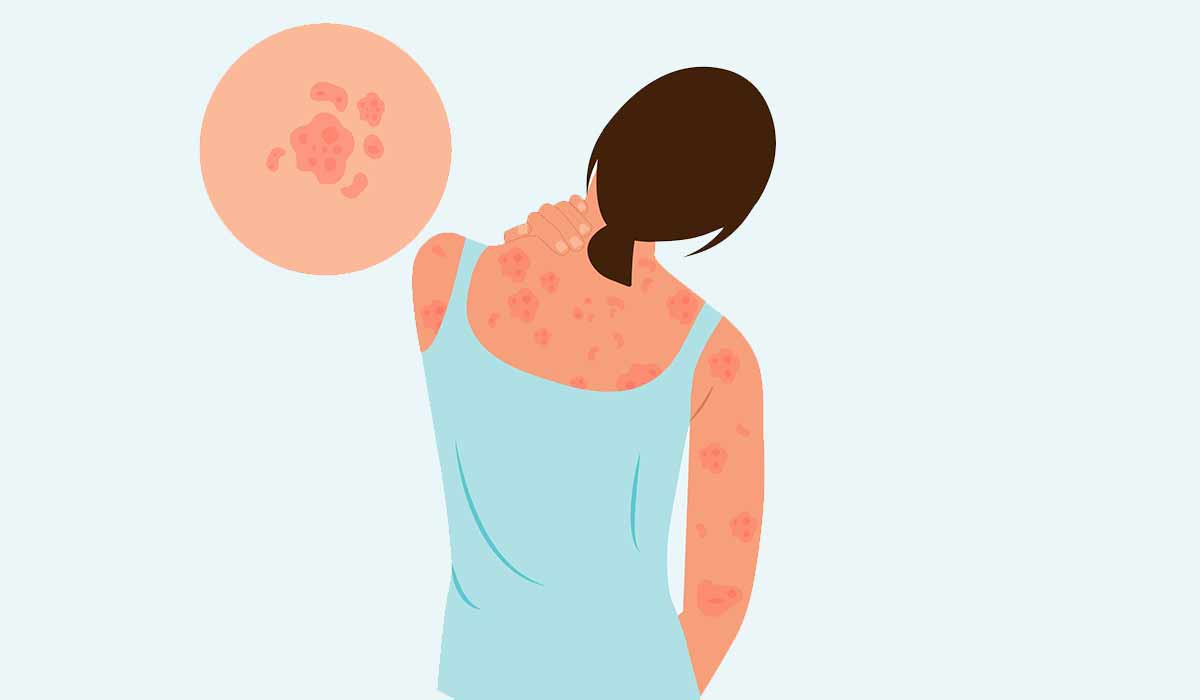
Psoriasis is characterized primarily by skin lesions that result from impaired epidermal regeneration. Learn about all types and signs of… read more »
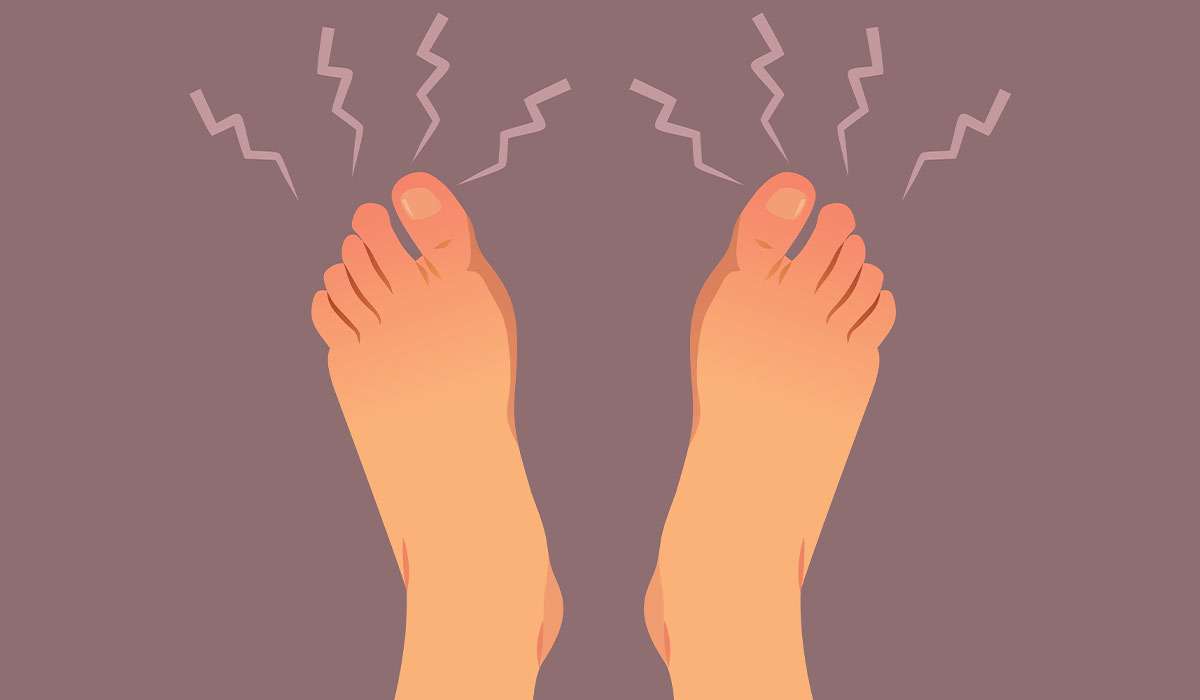
An athlete's foot, or tinea pedis, is an infection of fungal origin that affects the feet. It is usually mild… read more »

Psoriatic arthritis is a long-lasting inflammatory disease of the joints in patients with psoriasis, which can cause joint destruction and… read more »

Finger pain is a common occurrence in a great number of people at some point. The symptoms can be light… read more »
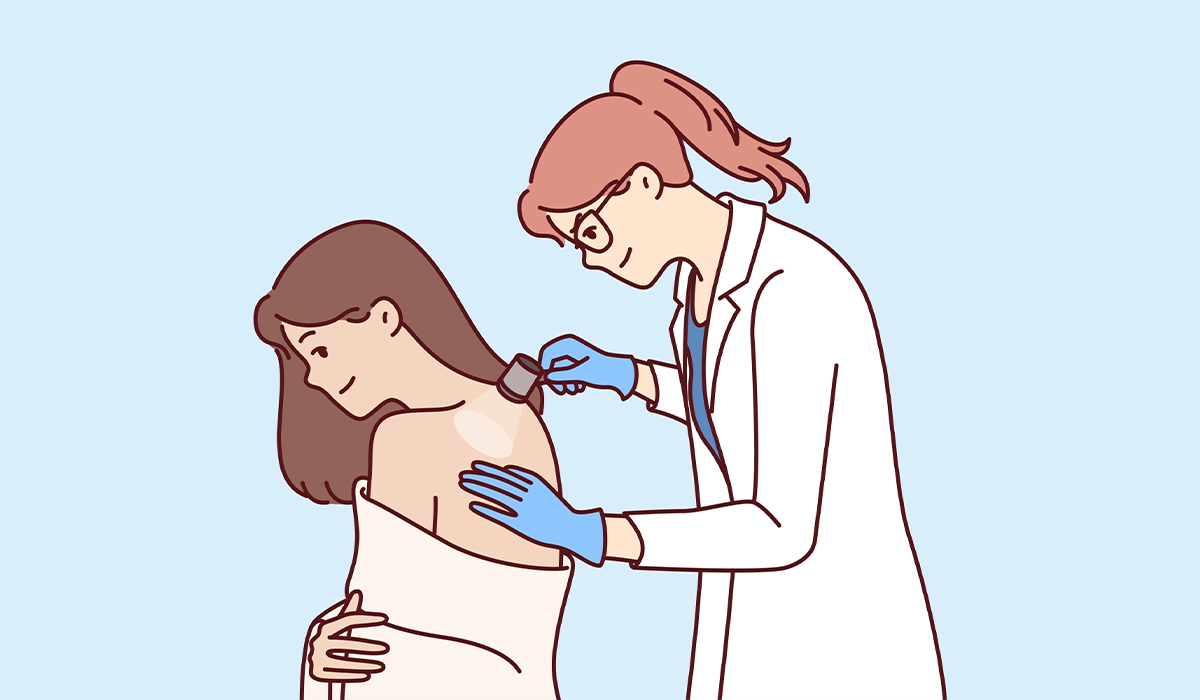
A dermatologist is a medical doctor who specializes in diagnosing, treating, and managing conditions related to the skin, hair, and… read more »
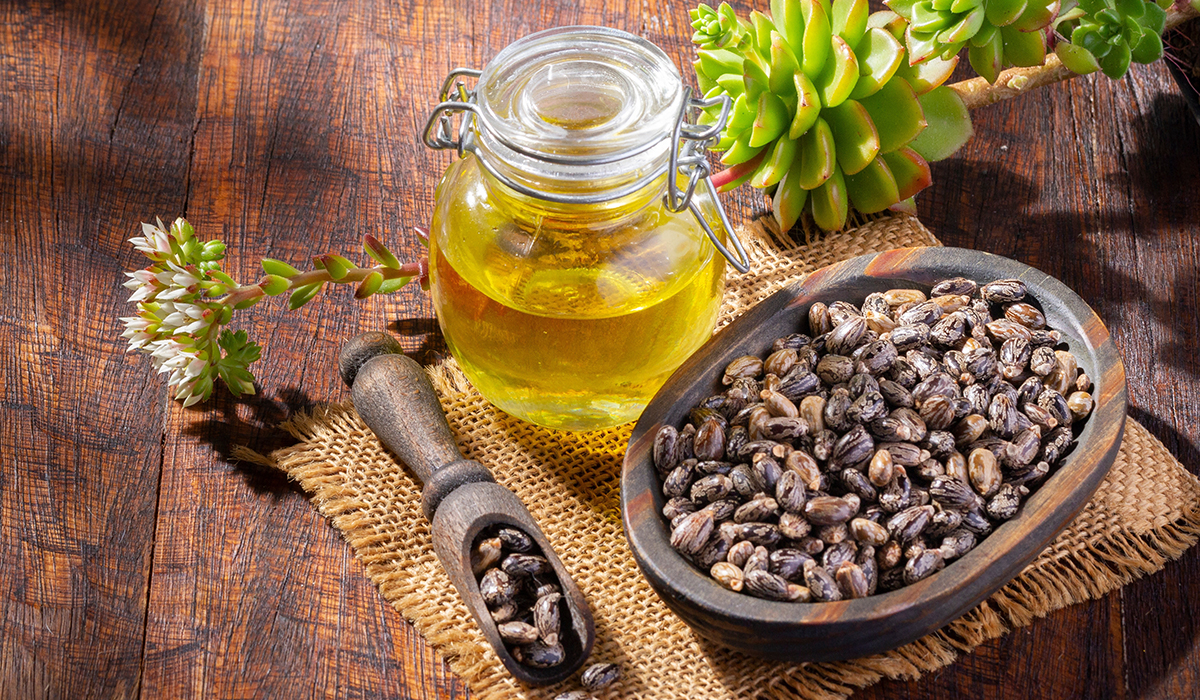
Castor oil has many benefits. It is used as a cosmetic as well as a dietary supplement. Find out how… read more »

Biotin (also called vitamin H or vitamin B7) in adequate dosage has a positive impact on health and well-being. Learn,… read more »